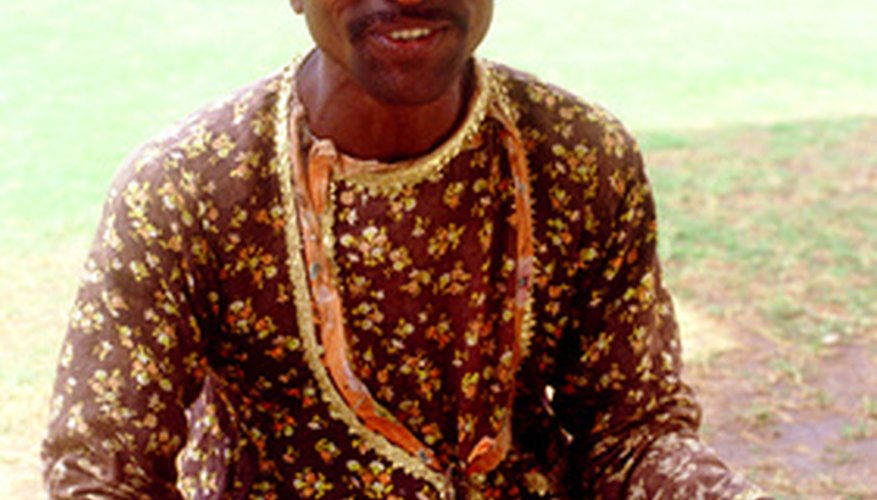Tabla drums are a product of the long and beautiful tradition of Indian music.
These drums come in a set of two. Tabla drums are hand drums. They are delicate and cannot be struck with sticks. Learning the art of tabla drumming can be a long and difficult process, but the beautiful music emanating from the drums is highly rewarding.
History
The history of tabla drums is disputed. Legend has it that 13th century poet Amir Khusrau split the pakhawaj drum into two parts, creating the tabla drums. However, there is not a great deal of historical evidence to support this claim. The court scribe of the time does not chronicle Khusrau's amazing invention.
- The history of tabla drums is disputed.
- The court scribe of the time does not chronicle Khusrau's amazing invention.
It was not until the18th century that a depiction of tabla drums appeared. Drums have played a role in India's musical history for thousands of years, and it is possible that tabla drums are the most recent manifestation of percussion instruments on the subcontinent.
Construction
Tabla drums consist of two different drums. The smaller drum, called the dayan, is meant to be played with the right hand. It is usually made of wood and is 12.5 to 15 cm (5 to 6 inches) in diameter.
- Tabla drums consist of two different drums.
- The smaller drum, called the dayan, is meant to be played with the right hand.
The larger drum, called the bayan, is made of metal. A common material for the bayan is brass, with a nickel or chrome plate.
Both drums' skin comes from cow or goat.
In the middle of each of the drums' heads is a black spot made of gum, soot and iron fillings, called syhia. This spot creates the bell-like timbre that characterises the drums.
Drum and drumming styles
There are three styles of tabla drums. Bombay style tabla drums use thicker skins, have a thick but small middle syhia and are considered to be more rugged.
Calcutta style tabla drums have thinner skins, a thin and large syhia and are more delicate than Bombay tabla drums.
- There are three styles of tabla drums.
- Calcutta style tabla drums have thinner skins, a thin and large syhia and are more delicate than Bombay tabla drums.
Hybrid tablas combine the best features of the Calcutta and Bombay tabla drums. In addition, a number of schools of tabla drumming developed over time. These schools are called gharanas, and they radiated from Delhi outward.
Playing tabla drums
Tabla drummers usually sit to play their drums. They sit cross-legged, in a pose that resembles a yoga exercise. Drummers must keep their backs and spines straight. The drums are in front of the drummer, tilted away from the player and toward each other.
A tabla drummer must keep his arm straight, from the elbow to the fingertip. He puts his fingers on the middle of the drum, on the middle of the syhia.
- Tabla drummers usually sit to play their drums.
- A tabla drummer must keep his arm straight, from the elbow to the fingertip.
His hand cannot curve to the right or left. It must remain straight.
Tabla drums and western music
The 1960s ushered in a new era for Indian music. Westerners gained an interest in India, and began travelling there to learn more about Indian culture.
For the first time, people from the West began studying Indian music, including tabla drums.
- The 1960s ushered in a new era for Indian music.
- For the first time, people from the West began studying Indian music, including tabla drums.
Indian musicians began collaborating with Western musicians, creating a new fusion of musical styles. Nowadays, both Indians and Westerners study tabla drumming. Although tabla drumming is still dominated by Indians, Western tabla masters are gaining prominence.
